ICD Aggregate Pavilion
ICD Aggregate Pavilion 2018 / ICD University of Stuttgart
ICD University of Stuttgart
Stuttgart, Germany

The ICD Aggregate Pavilion 2018 presents the latest results of 10 years of research into designed granular materials for architecture. It constitutes the first fully enclosed architectural space entirely constructed from designed granules, which lie only in loose frictional contact. Such unbound granular materials show the unique property to obtain both the stable character of a solid material and the rapid reconfigurability of a fluid.
If custom-designed particles are deployed, granular materials can form self-supporting spatial enclosures while remaining fully reconfigurable and reusable. 70.000 star-like, white particles are made from recycled plastics. They are poured by a rapidly deployable, large scale robot system. The pavilion demonstrates how designed granular materials open up a new perspective for a design paradigm of productive forms of de- and re-stabilization and, thus, an architecture that can be rapidly deployed and reconfigured, as well as eventually removed and reused.

The ICD Aggregate Pavilion 2018 explores the construction of spatial enclosures made from designed granular materials. Granular materials are material systems which consist of large numbers of granules or particles. These particles are not bound to each other: they interact only through contact forces.
In nature examples are sand, gravel or snow. In a designed granular material the particles are artificially made and consequently their geometry and material can be defined by the designer. Designing the particle allows the calibration of the characteristics of the overall granular material.

The ICD Aggregate Pavilion 2018 uses two types of designed particles with different behaviours: convex spheres, which can flow, and highly non-convex hexapods and dekapods, which can interlock. The convex spheres are a removable formwork, the highly non-convex hexapods and dekapods remain as a self-supporting spatial structure. Both types can be re-used in a new formation as the particles are not bound to each other. Thus, particles deployed in preceding projects have been entirely re-used for the ICD Aggregate Pavilion 2018.
The highly non-convex hexapods are industrially custom-made in an injection-moulding process using recycled plastics. The convex spheres are ready-made inflatables. Using a very large number of them they turn into a bulk material. Being inflatables, they have the added benefit of a low packing volume and a high deployable volume. Like the highly non-convex hexapods and dekapods, they are entirely reusable for the next project iterations.

Full-scale structures made from designed granular materials need to be constructed jn situ. In this case the industrial storage space of the granular materials has been converted into a production hall. A cable-driven parallel robot, custom-made to be flexibly installed, was fixed on four points to the walls of the hall and its supporting beam structure. The total working space measures approximately 9 by 10 metres.

The storage boxes of the granular material are used as an effector on the cable-driven parallel robot, which drives them to a precisely defined deposition point and unloads them. Consequently, the empty boxes are deposited as a boundary container on the edges of the structure. In this manner also the storage-, production- and container-system are never redundant but fully reusable.

The cable-driven parallel robot was controlled through a custom-written interface using a parametric modelling environment. The design and construction process involved an image-segregation algorithm, which allows to check the geometric accuracy of the structure using image segregation. The design of two interconnected vaults explores the potential of spatial enclosures, formed entirely of designed granular materials at an architectural scale.
Reference: archdaily.com, ICD Aggregate Pavilion 2018




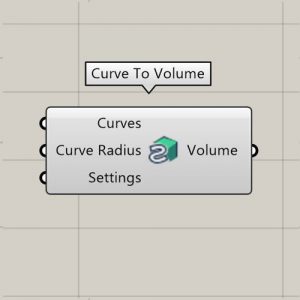
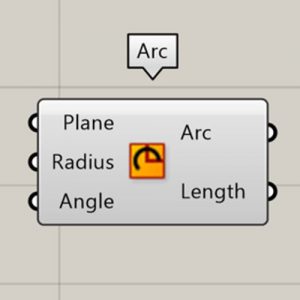

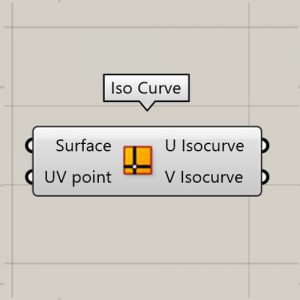
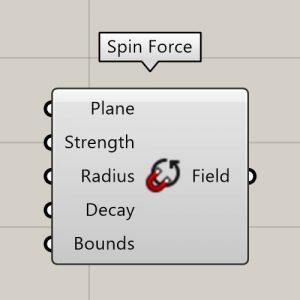
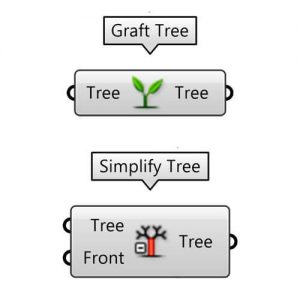

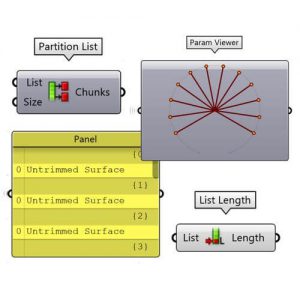
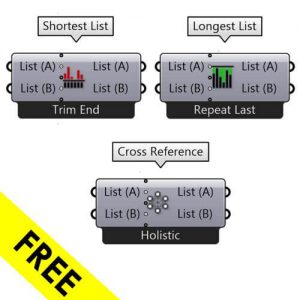
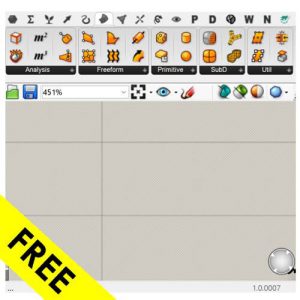
























Comments